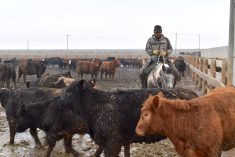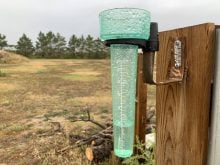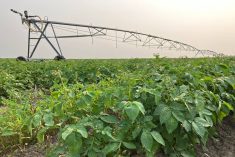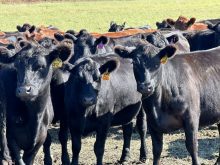The battle against the Mountain Pine Beetle rages on, but government officials are hoping Mother Nature will reach into her bag of tricks and lend a hand this winter.
A lot of people think that the only way you re going to kill the beetle is with -40 C for 24 hours, but there s another way, said Duncan MacDonnell of Alberta Sustainable Resource Development.
Beetles will get fooled in extreme fluctuations in temperature & when it goes from cold and starts warming up, the beetles start to convert their natural antifreeze into energy in anticipation of spring coming. So when it goes cold again, you don t need -40 C to kill them, you might get away with -35 C or -2 C.
Read Also
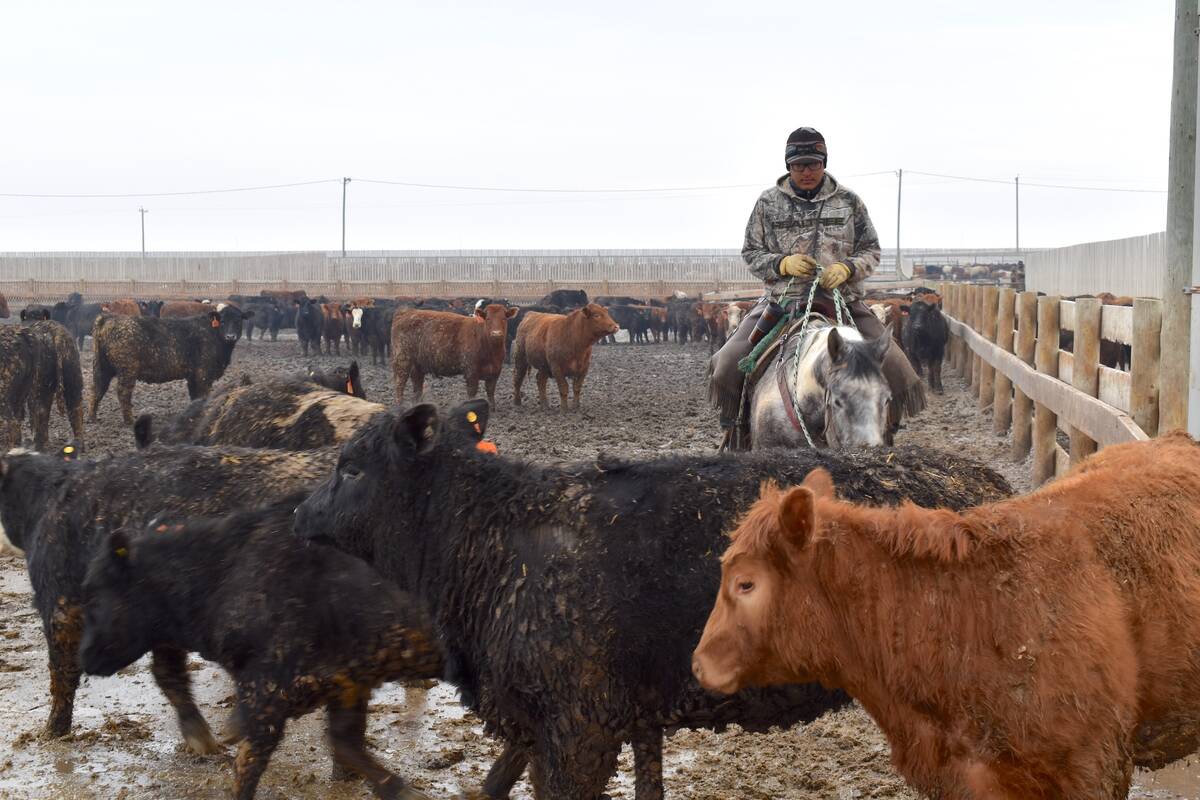
Gen Z creates ag hiring challenges
Agricultural employers may need to think outside the box to attract and retain Gen Z employees back to the rural lifestyle
The beetle research year ends with spring field surveys, but begins in September since the beetles are on the prowl in late July and August looking for new trees to attack.
The first thing we do is an aerial survey to look for red pine trees, said MacDonnell. These would be the trees that were attacked last year, because it takes them a year to turn red.
Once the new red areas have been located, ground crews move in and conduct a 100-metre-radius survey to determine the likely migration of the beetles to new victims. They look for where the beetles would have gone to because most beetles don t fly very far, a couple of hundred yards at the most, which makes the whole infestation that came into west-central Alberta in 2006 and repeated in 2009 even more extraordinary because those beetles came in on wind, said MacDonnell. There was a wind-borne event from beetle central near Prince George in B.C., those things were carried by the wind about 400 kilometres. That s not a normal occurrence.
Once the field surveys are done, information is plugged into a decision-making matrix to determine the government s next move and how many trees need to be removed. Several factors come into play, including whether a watershed is at risk, if there s another area of contiguous forest near the infested area, and if the infestation is near the boreal forest.
The boreal forest is of special concern. It was once thought the beetle could only survive in lodgepole pine trees. However, research has shown they can overwinter in lodgepole-jack pine hybrids and in pure jack pine forests.
Everything north and east of Slave Lake is turning into jack pine, if they get in there and that s where the leading edge is getting close to, if they get in there then theoretically, they could go all the way to Labrador, said MacDonnell, adding research isn t sure whether the beetle could make the trek across the country.
The government also employs the help of forestry companies, which will strategically adjust their harvest sequences to slow the beetle s progress.
The beetles are a native species, but two factors seem to have contributed to their massive population increase. First, climate change may be producing warmer winters, which allow greater numbers of the beetles to survive. Secondly, lodgepole pine forests are at risk because of their age.
Beetles prefer pine trees in the 80-to 120-year range, said MacDonnell. Scientists tell us that in a healthy forest, 15 per cent of our pine trees should be in that age group. In Alberta, 60 per cent of them are.
Currently, the infestation is most concentrated in the west-central part of the province where 180,000 trees were removed this year.
The bulk of the infestation is in a triangular area from Grand Prairie to Slave Lake to Hinton or Edson roughly, Mac-Donnell said.
However, in the southwest portion of the province, only 180 trees were removed. MacDonnell says that, at least for now, the beetle infestation seems under control.
This is the story that not a lot of people have picked up on yet. We re fighting the beetle to a standstill in southwest Alberta. Three years ago, we did 32,000 removals of trees down there.
While the beetles can cause economic havoc, MacDonnell says money isn t the only reason to save the province s forests.
There s six million hectares of forest in Alberta with pine on it. One-third of that is not available for harvesting and what s really important you can t put a dollar figure on clean water, clean air and intact watersheds.
The government will not remove infested trees from private lands, but a public-private partnership has resulted in the creation of the Alberta Mountain Pine Beetle ReLeaf program, which provides funding to homeowners, private landowners and municipalities to replace trees killed by beetles.
———
ThebulkoftheinfestationisinatriangularareafromGrandPrairietoSlaveLaketoHintonorEdsonroughly.
DUNCAN MACDONNELL
ALBERTA GOVERNMENT


